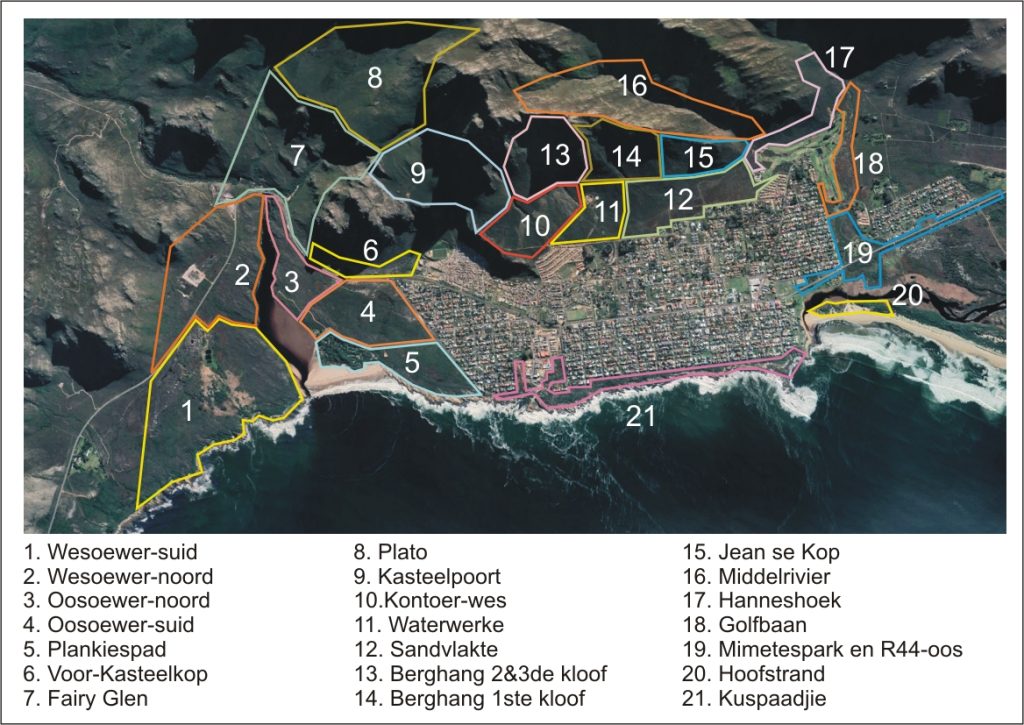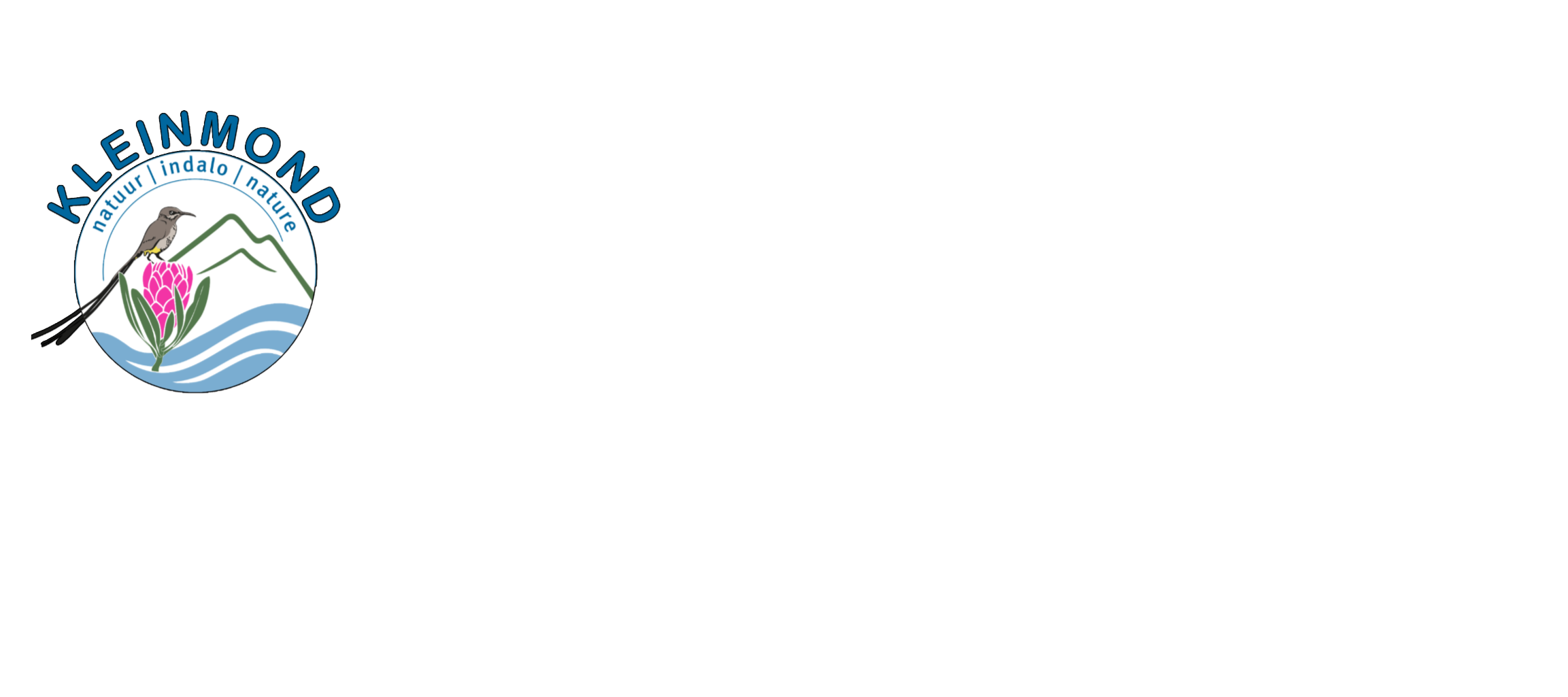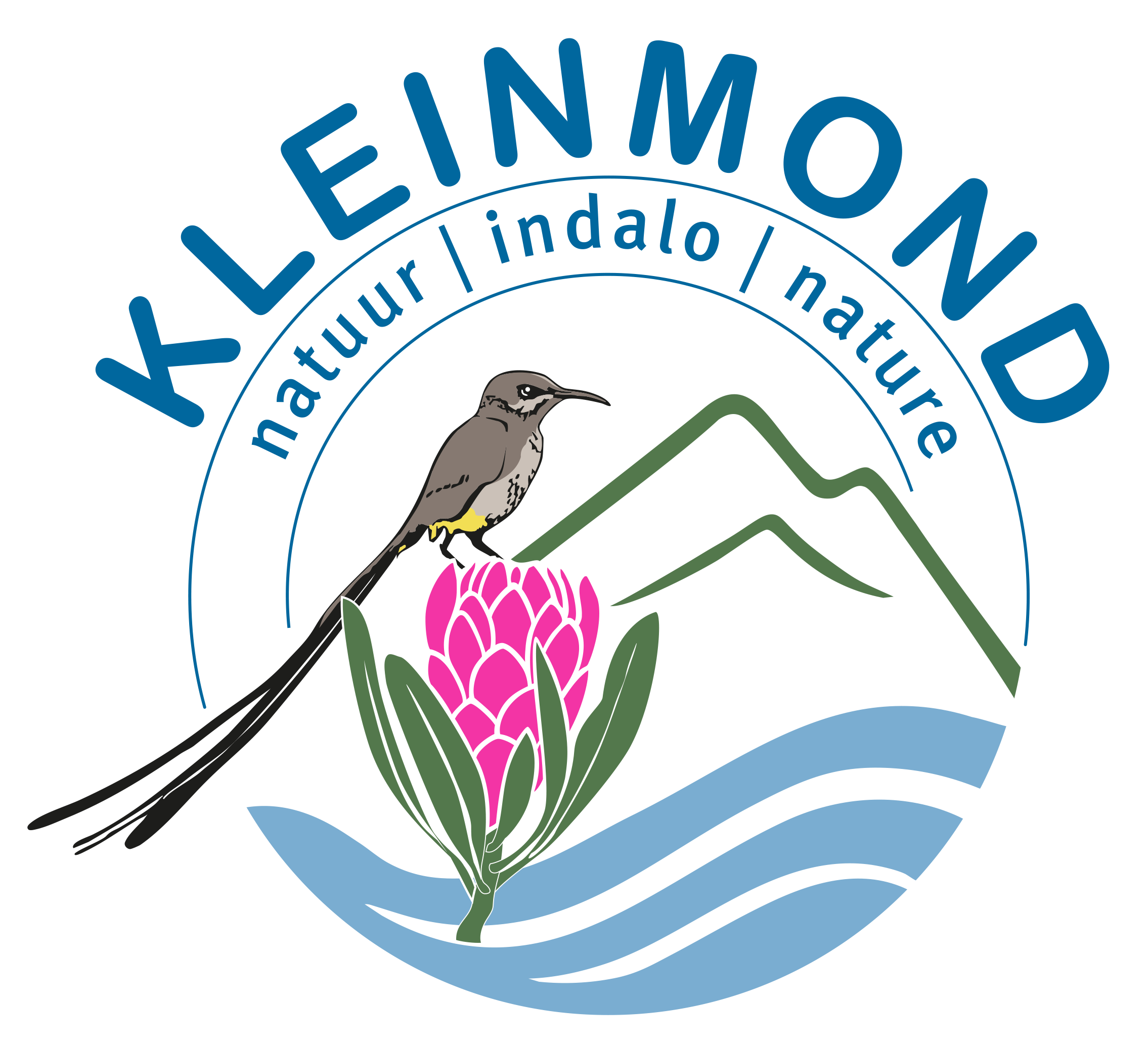Invasive species
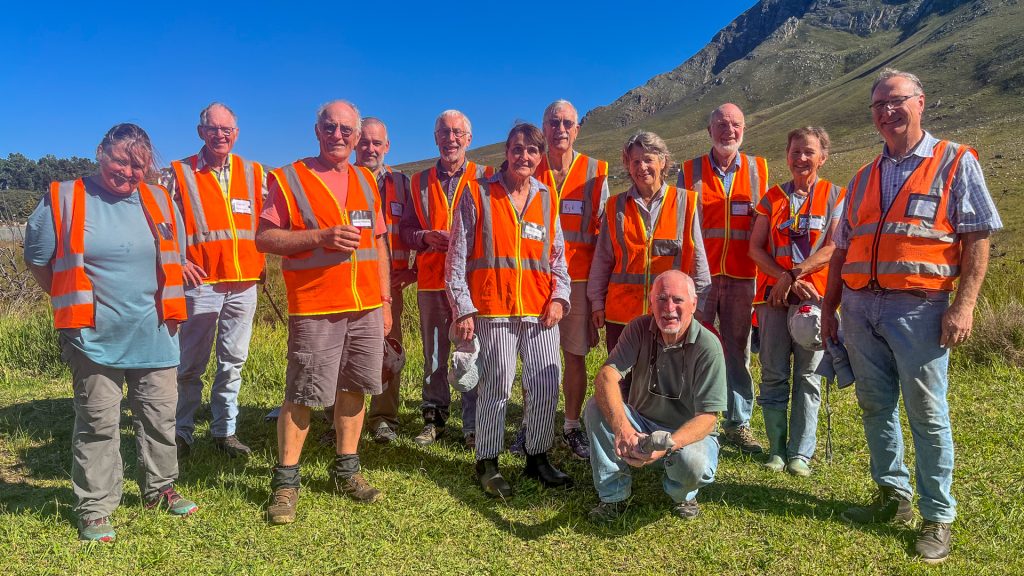 Kleinmond’s volunteers typically work on removing invasive plants on the third Tuesday of each month for three hours, with some volunteers also doing additional ad hoc work on their own.
Kleinmond’s volunteers typically work on removing invasive plants on the third Tuesday of each month for three hours, with some volunteers also doing additional ad hoc work on their own.
This group of between 15 and 20 men and women removed 56 670 invasive plants in the Kleinmond area in 2023 and in the first 9 months of 2024 more than 32 000. Their dedication and hard work are making a significant difference in preserving the natural environment of the Kleinmond area.
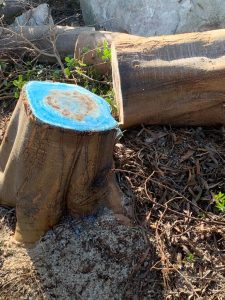 The species of invasive plants removed include Australian myrtle, Port Jackson, long-leaved wattle, black wattle, rooikrans, horseweed, hakea, eucalyptus trees and pine trees.
The species of invasive plants removed include Australian myrtle, Port Jackson, long-leaved wattle, black wattle, rooikrans, horseweed, hakea, eucalyptus trees and pine trees.
As residents of Kleinmond, we are fortunate to live in the Kogelberg Biosphere and it is our responsibility to preserve this treasure of fynbos diversity. Invasive species pose one of the greatest threats to our fynbos, easily taking over if not continuously controlled.
Unfortunately, many of these dangerous invaders thrive in gardens in the town and spread their seeds to the natural environment surrounding the town. 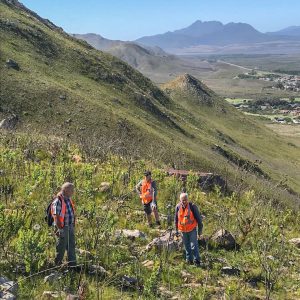
Australian myrtles are often planted as hedges. Pine trees, eucalyptus trees and black wattle are allowed in yards because they provide shade. Admittedly, many of these species were previously planted because they are hardy, fast-growing, and suited to the coastal environment. However, we now know that it is precisely these species that can easily and quickly take over the fynbos areas. It is crucial for us to be mindful of the impact of these invasive species on our precious fynbos and to take proactive measures to control and prevent their spread.
To join this group of volunteers, send an email to info@kleinmondnbv.co.za
The 7 most common invaders threatening Kleinmond’s fynbos
The blocks where the volunteers work to remove invasive species
